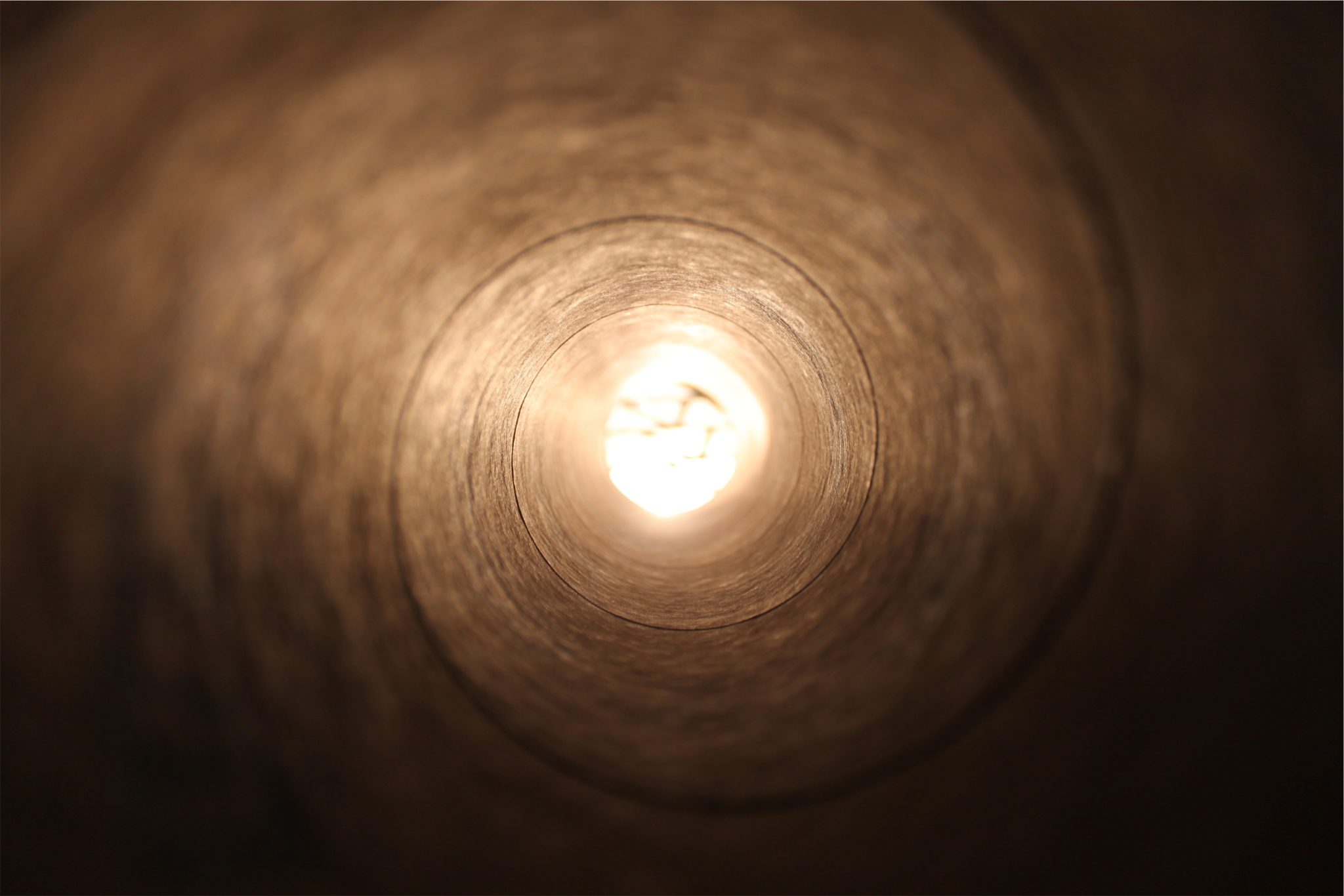In countless Jewish homes this Passover night, when the family gathers round the seder table, a child will ask the “Four Questions.” Mah nishtanah halailah hazeh mikol haleilot – Why is this night different from all other nights? Why matzah instead of bread? Why do we eat bitter herbs? Why do we recline as we eat the matzah and drink the four cups of wine? Why dip twice this evening, dunking a bit of vegetable in salt-water and the bitter herbs in charoset (a paste of apples, nuts and wine)?
We wanted him or her to ask. In conducting the seder, we did everything possible to stimulate the child’s curiosity. Now we will tell him about our forefathers’ exodus from Egypt and our birth as a nation. We will explain how each of these observances represents various aspects of slavery, freedom, redemption and the faith of Israel.
Last Things First
The same four questions appear in every Passover Haggadah. But there are different customs regarding the order in which the questions are posed. In the Haggadah compiled by the founder of Chabad Chassidism, Rabbi Schneur Zalman of Liadi, the order is as follows: a) the dipping; b) matzah; c) bitter herbs; d) reclining.
If we rate these four observances by order of their importance according to Jewish law (Halachah) we find that, while everything else seems to fall in place, the first question—regarding the “dipping”—should have come at the very end. The eating of matzah is mandated by the Torah and carries the full legal weight of a “biblical commandment” (mitzvah mideoraita). Not so the bitter herbs: though also mentioned in the Torah, it is supposed to be eaten together with the Passover lamb; since today—when we are still deprived of the Holy Temple in Jerusalem—our seder lacks the meat of the Passover offering, the eating of the bitter herbs is only a “rabbinical commandment” (mitzvah miderabanan), enacted by our sages in commemoration of the bitter herbs eaten in Temple times. A notch lower on the halachic scale is the practice of reclining on the seder night. This way of expressing the freedom and serenity achieved by the Exodus is a purely rabbinical institution, with no biblical origins at all.
Thus, the order of questions 2, 3 and 4 in Rabbi Schneur Zalman’s Haggadah is consistent with the order of their halachic prominence. The first question, however, seems entirely out of place—by rights, it should have been last on the list. The other three, whether from the Torah or the Rabbis, are all halachic obligations, while the practice of dipping at the seder is only a minhag, a “custom.” So why is this question given the place of honor at the head of the Four Questions?
But the child knows nothing of halachic levels of import, or of the distinction between biblical and rabbinical mitzvot. What he does know, sense, and absorb to the very core of his being is the holiness, the beauty and the joy of the Jewish home. And it is the Jewish minhag, the distinctive Jewish way of life, which captures the essence of our Jewishness – an essence which cannot be defined by legal formulas, no matter how crucial or lofty. This is what most captures the child’s attention at the seder table. This is what leaves the most powerful and enduring impression in his mind and heart.
A home may be impeccably Jewish, the laws of the Torah may be meticulously fulfilled, but if the Jewish customs are scorned, one is building a technical shell while neglecting the underlying foundation. Look at what your child asks about first, observe what most strikes his curiosity and lingers longest in his memory, and you will learn what it is that molds a child into a Jewish child.
Based on an address by the Rebbe, Passover 5716 (1956)[1]
Adapted from the teachings of the Rebbe by Yanki Tauber
—————————–
[1]. Likkutei Sichot, vol. I, pp. 244-246.







